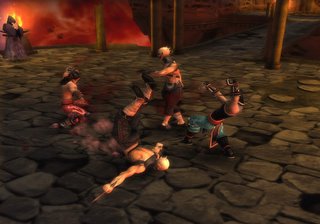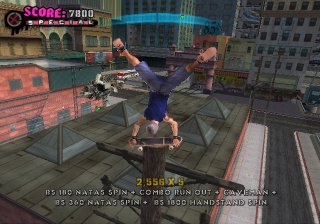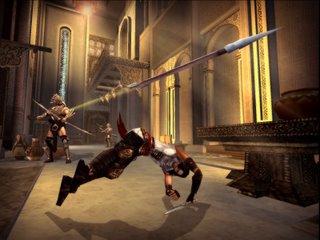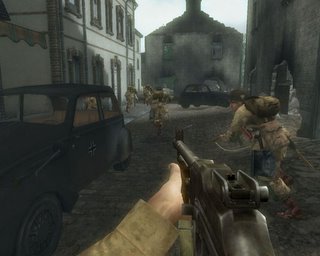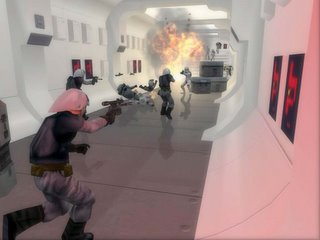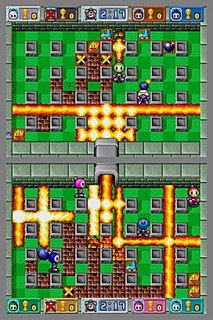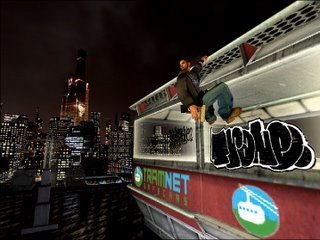
Hmm, note to Mr Ecko - if you're gonna make a grafitti based game at least let the player design some grafitti! I thought the whole idea of tagging was about leaving your mark, not someone elses?
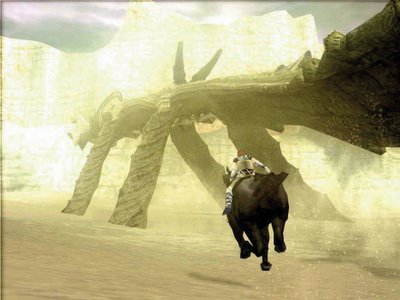
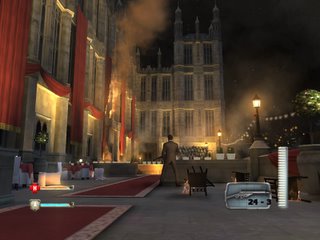
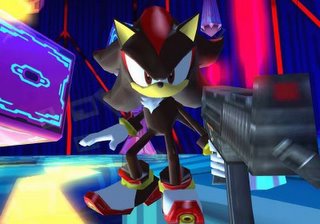
Shadow the Hedgehog
Verdict: Sonic has nothing to fear
Platform: Xbox, PS2, GC.
Rating: 1/5
While i’m all for cute animals wielding large weapons this controversial introduction of guns to the Sonic universe is both out of place and poorly executed.
I’m not going to bother arguing whether or not guns should have been introduced to a franchise usually regarded in the same light as a Disney series - it’s an utterly transparent attempt to use a well known brand and ‘angst’ it up in a bid to appeal to a different demographic. A decision seemingly made by accountants rather than designers.
I wouldn’t have any problems with the ‘tude, the nu-metal soundtrack, the guns and the ‘smoke 20 a day’ voice of Shadow if it had even come close to the quality of previous 3D Sonic games (and that’s not asking much either).
For a game supposedly centred around gun play it’s one of its weakest aspects. I’d optimistically hoped for a watered down version of Devil May Cry’s mechanics mixed with Sonic’s platforming and level design. What I got was a game that had neither. The guns feel like they were a last minute addition with weak implementation and little contribution to the gameplay. The level design feels like ‘Sonic by numbers’ painted by someone who can’t count.
The Sonic name is synonymous with speed and grace. Shadow however plays more like a drunk rodent running on ice whilst the in-game camera fails miserably to do anything remotely useful and the graphic engine splutters and shakes on the rare occasion it gets up to speed - the framerate dropping faster than my will to continue playing.
As well as guns Shadow introduces the ability to choose your own route through the game based on a ‘light/dark/indifferent’ allegiance (shoot the aliens, shoot the robots or shoot the humans). What this boils down to however is a mess of objectives and simplistic game play - everyone is out to get you so who do you shoot? Who cares? Without consequences of any weight there is no moral dilemma or desire to make any of these choices.
I made the moral decision to eject the game from the console and my memory.
